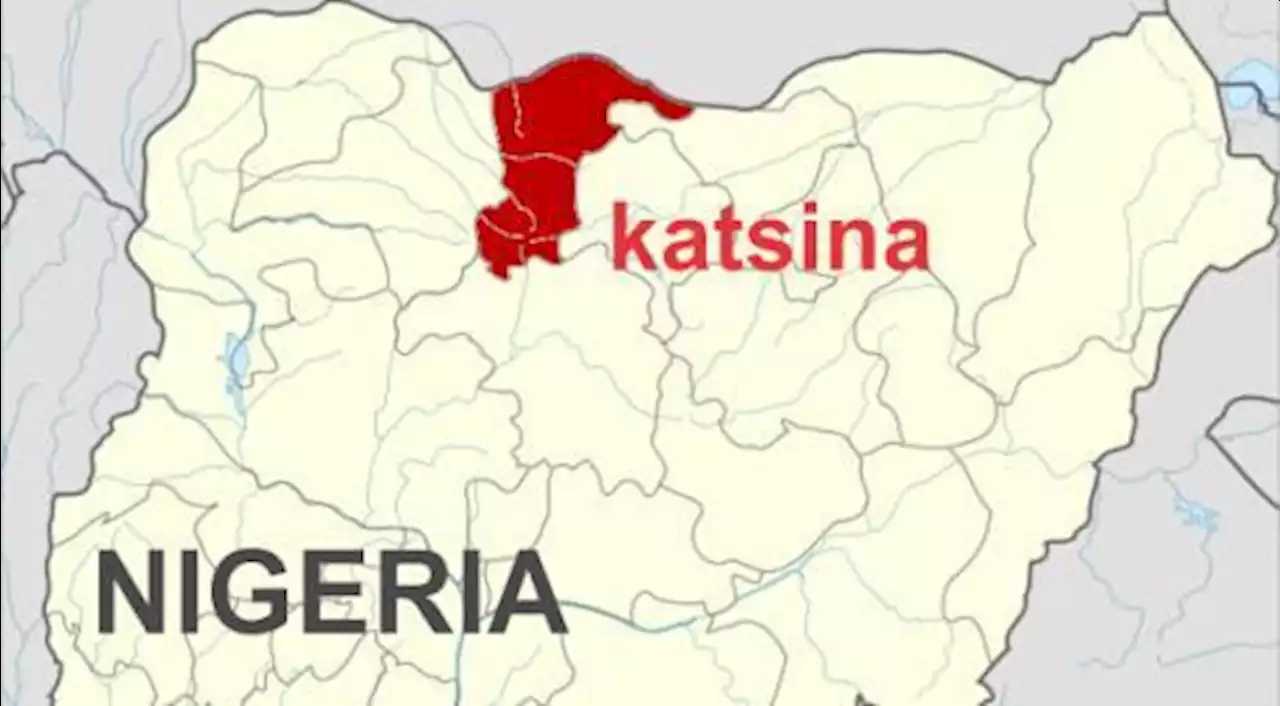The example of Katsina Sustainable Platform for Agriculture (KASPA)
there is still much need to upscale the agricultural sector of Katsina State

Last week I wrote about a model for integrating agricultural value chains where I detailed my observations of various approaches and models of innovation deployed by many local and international players. I discussed in particular, a model that utilises agricultural innovations that answer to issues like low yield and poor quality of various agricultural products due largely to poor access to quality agricultural input and scientific education on the part of the farmers. Today I hope to further describe how we are working to deploy such models.
The model I will describe which epitomises all the value chain integration I have discussed last week is the Katsina Sustainable Platform for Agriculture (KASPA) which we are deploying for the Katsina State Government. Before we dive in, let us remember that Katsina State is endowed with huge expanse of fertile agricultural lands of about 2.4 million hectares, 61 water bodies suitable for irrigation farming with a capacity of 1,121 cubic metres, as well as a large active population of farming families.
- Nation-building is duty of all – Oyetola
- Buhari, El-Rufai, ACF mourn as ex-Kaduna Dep Gov, Bantex, dies at 64
Despite many efforts, there is still much need to upscale the agricultural sector of Katsina State to greater production and productivity levels. For instance, it has become apparent that cotton cultivation has not seen any tremendous growth for almost five decades. Ironically, it is the crop the state has the most comparative advantage in as it is Nigeria’s highest producer of cotton. Cotton is produced in Katsina State mostly by smallholder farmers in rain-fed conditions ranging from 3-5 hectares. With proper value chain integration and large scale funding, while taking advantage of large irrigation dams, cotton production could be boosted with a deliberate effort where production and even processing for large international export points will be carried out.
As with cotton and many other commodities, the stakeholders in the value chain of the Katsina State agribusiness are worlds apart with absence of an active communication and information channel to help improve productivity and trade. For Katsina to have an active agribusiness scene with bountiful produce meeting market’s specific demands a strong communication network will be required to dictate to the farmers the type of product, quality and quantity demanded. Farmers have little option but to sell live animals, raw grains and other unprocessed vegetables and farm products. The value-addition goes to other stakeholders that are largely removed from the local ecosystem who take poorly priced raw materials and turn them into expensive intermediate and finished goods. Therefore, full exploitation of all facets of agribusiness will be the path to realising sustainable revenue for Katsina State.
Luckily, the government does realise that the utilization of agribusiness should take the form of breaking the entire chain down into tiny bits with relative attention applied to each. The exploitation of Katsina’s agricultural resource base is feasible, attainable and sustainable through the stimulating agricultural production for local consumption, utilisation of irrigation facilities, organisation of farmers along farmer / commodity cooperative associations in all local governments and the provision of credit facility for onward lending banks to farmers organised in cooperatives.
Also, apart from the farmers, the state government understands that there must be massive investment in small to medium scale agro-based industries for value-adding on crops and livestock’s products for local consumption domestic manufacturing and export. Lastly, it is clear that the state must peruse an efficient and effective integrated rural development as well as the mobilisation of the populace through the media to produce for the domestic market and export.
Beyond the heavy lifting of policy making both at the federal and state levels, the key aim of our model, the Katsina Sustainable Platform for Agriculture (KASPA) is to integrate the agricultural value chain and avail data for every stakeholder in order to increase productivity, minimise risk, cut costs and enhance sustainability. The model involves an all-round platform to connecting Katsina Sate’s agricultural value chains, using mobile technologies to help farmers improve yields and access markets. The objective of the platform is to avail and democratise agricultural information. This will save incredible amount of money and time for farmers, agri-businesses, and cooperatives who outrageously spend in managing the risk of doing business. In a situation where stakeholders and partners can know each other easily and exist as entities in a single platform, we believe agriculture will be boosted to unimaginable levels.
KASPA will not only enhance agriculture in the state but provide jobs and develop the capacities of youth who we will train to operate and administer the platform. At full scale, KASPA will engage thousands of farmers, youths and agri-businesses. The potential benefits of having KASPA in Katsina are immense. It presents the state with a unique, robust and standard database of all farmers and farming activities, which will pave way for the deployment of amazing applications.
It also presents the state and farmers with not only improved food production and living standards with availability of jobs but a potential for higher and more trackable Internally Generated Revenue as well as possible Public Private Partnerships due to the availability of holistic data across the agricultural value chains.
I am banking on Katsina State’s commitment to agriculture, food security and youth development which has been demonstrated in the funding and support for the state-of-the art KASPA control centre and infrastructure (which is nearing completion) to hope that this model will go beyond all expectations in bridging the disconnects and integrating agricultural value chains using information technology. This will certainly put Katsina State on the map for being the first to implement such a holistic model in sub-Saharan Africa. But beyond this, the isolated and often down-trodden smallholder farmer will be valuable and visible to markets, knowledge and a better livelihood with increased yields and better options.
